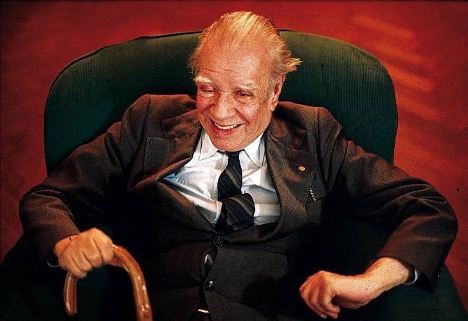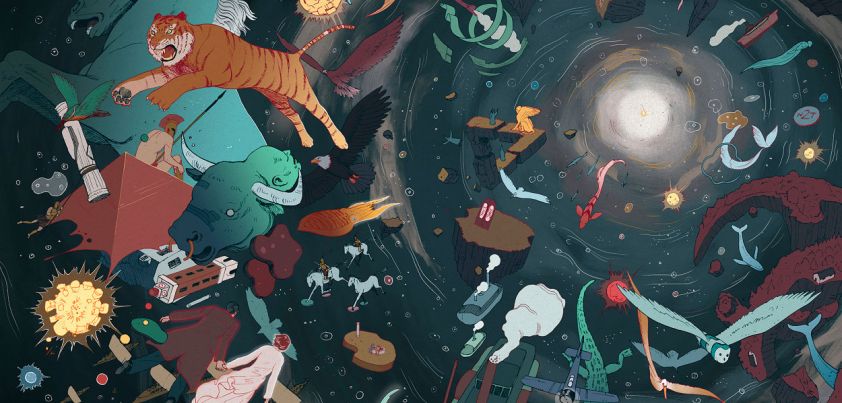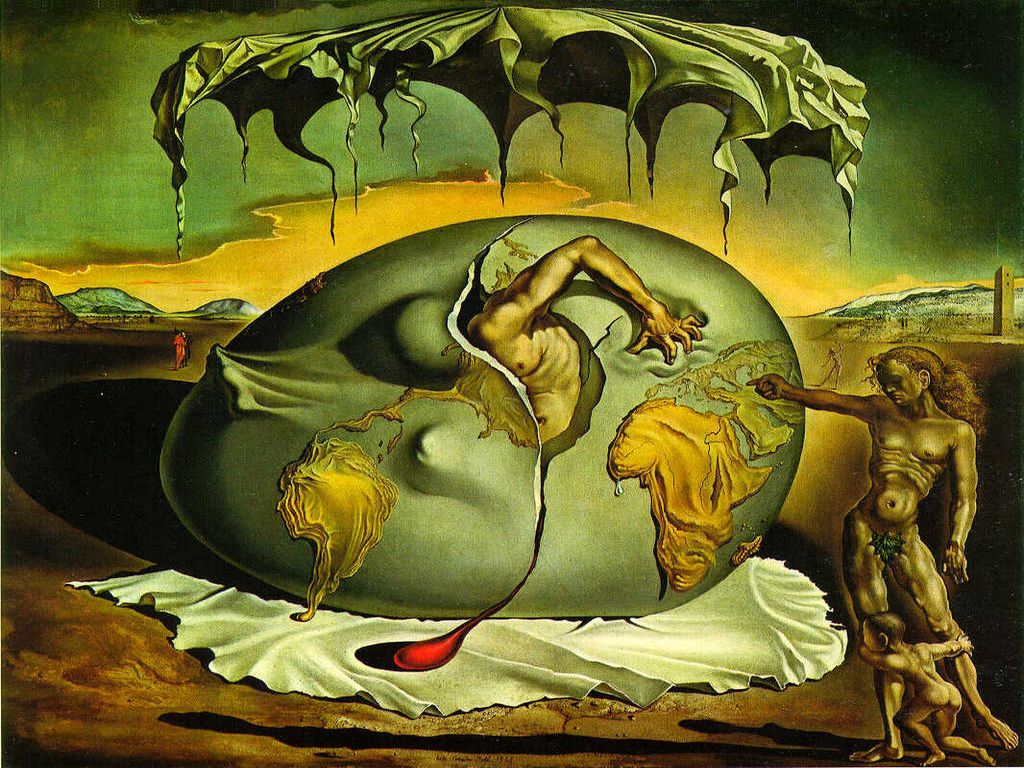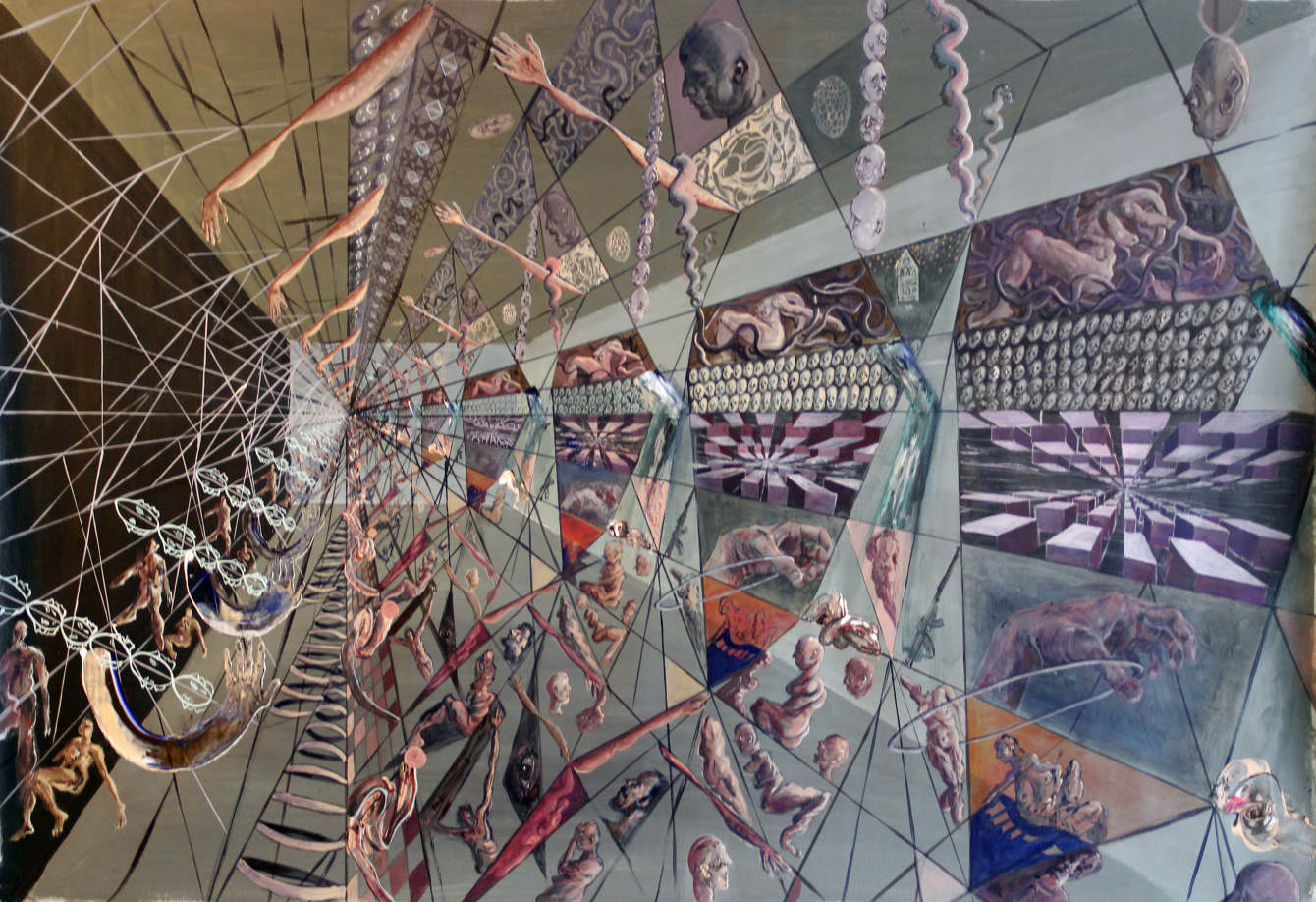By Carmen Chang,
Jorge Luis Borges (1899-1986) is one of the Spanish-speaking Spanish-American writers who exerted a great influence on 20th century literature, not only in the Hispanic literary landscape but also on a universal scale. His writings have touched different literary genres: tales represent the literary genre in which he has illustrated himself and which have made his reputation as a writer, his experimental prose and his poetry. His vision of the fantastic emanates from a worldview and a singular conception of the role of the writer and literature. Our analysis focuses on his work “The Aleph” which is a set of fantastic tales that Borges first published in Argentine magazines and then he reunited them in 1949 under this title. This work represents «the masterpiece of maturity, very written (Borges said “overwritten”), of great metaphorical complexity, both opening and completion, if we stick to a kabbalistic reading». Our work consists in demonstrating Borges’ singular vision of the fantastic that emanates from a different conception of reality.
- Jorge Luis Borges
- The fantastic genre of Borges
Thanks to his fantastic literature, Borges emerges «in an intellectual universe of erudition and fantasy». This could be explained because this short story writer was a voracious reader since childhood, he was very cultured and multilingual. This poet, essayist and novelist has always affirmed that he had been a man whose multiple readings had distanced him from reality. For Vargas Llosa (1982): «Thus, in the tales of Borges, theology, philosophy, linguistics and all that appears as specialized knowledge becomes literature, loses its essence and acquires the status of fiction, becoming part and contained of a literary fantasy».
His contribution to the genre, although it also comes from his opinions, is mainly linked to a complex cultural practice that encompasses both the pole of writing and reading. His scholarship, mysticism, beliefs and skepticism are reflected in his works. His « recitations [which] mixed so many different countries, eras, subjects and cultural references … was also exotic […] (then fashionable)». From an event, an anecdote, a historical data, a legend, etc., Borges creates extraordinary stories, full of symbols and images, on different themes: the human being and his destiny, time, infinity, human personality, death, etc.

Quoting Borges (1967:5), Rafael Olea Franco (2007) differentiates realistic literature from fantasy literature:
On the one hand, we have realistic literature, literature that deals with situations more or less common to humanity, on the other, fantastic literature, which has no other limit than the possibilities of the imagination. One could also say that fantasy literature must be much richer than realistic literature, because it is not related to everyday life, but that it must and can venture into all kinds of adventures.
The fantastic in Borges is to be seen in the way of presenting the real, so in the way of saying and the difficulty of saying the ineffable especially. The text then becomes a space to “capture the fantasy of reality and challenge the disorder of the world by articulating it in the new order…”. The meaning of the text is to be deciphered through a series of paradoxes that punctuate the story. This raises the issue of literary writing and the representations it makes of reality. Take the example of one of her works: The Aleph.
- The novel The Aleph of Borges
The Aleph, the second great collection of stories by Jorge Luis Borges, is part of the tales written between 1944 and 1952. The Aleph is a collection of seventeen tales written by Jorge Luis Borges, published separately between 1944 and 1952 in various periodicals of Buenos Aires, and reissued in 1974 by the same author, which have become true classics of Spanish-American Letters.
According to Rafael Olea Franco (2007): «Aleph (1949) is undoubtedly one of the most influential narrative corpus in Western culture during the second half of the 20th century».
The Aleph is an iconic book by Borges, the great Argentine author admired by several contemporary writers. His tales all have the particularity of being a prodigy of philosophical puzzles, fantastic or police intrigues and characters that engrave the memory.
The Aleph is a metaphor of what the book is: representation or symbol of the universe, the immensity and the eternities it contains. Juan Arana indicates that «The Aleph is a metaphor for “The book of sand”, which is found in “The Library of Babel”, is an immense and infinite universe in another, more immense and infinite».
Felipe B. Pedraza Jiménez (2002) includes a reflection on the themes that some of Borges’ Aleph narratives may evoke:
[All the stories that make up the work], two excepted, belong to the fantasy genre. The exceptions are Emma Zunz, a tale of revenge, and History of the Warrior and the Captive, which report two anecdotes that are very distant in time and finally conclude that, basically, they are more similar than they seem. Underlying here is a cyclical conception of history by which, both the betrayal of a barbarian in the third century and the kidnapping of a young girl in the Argentine Pampas of the nineteenth century respond to intimate and mysterious motivations.

This conception of history comes to explain the choices of men over the centuries and represents for Borges, an argument for their historical skepticism. Here is manifested one of the variations of the fantastic that perceives reality through an approach rooted in tradition and myths.
Other tales brilliantly deal with known themes: the abolition of personal identity as in The Immortal; irrational destiny in The Dead; the chaotic order of the world in The House of Asterion, etc.
The Aleph as a tale forms a trilogy of narratives with The Zahir and The Writing of the God, each focusing its attention on a microcosmic element, a kind of pantheistic reference, from which one accesses the universe in different ways. The Zahir and The Aleph imagine magical objects that symbolize the universe. The latter is one of the author’s most famous. Alejandro Martínez (2019) reported:
The tales of Borges are the microcosm containing “everything”. They are texts that represent the infinite and eternal universe, and in turn they are represented by symbols that also refer to the universe, that create it on a supernatural plane and, for this, use the labyrinth, the mirror and the dream.

Each of these narratives in turn relies on the knowledge of religions, which it values and respects for all the images and symbols they lend to humanity to understand the depth of existence.
This conception of the real on the part of Borges is carried out through a conception of the literary writing which, as we have mentioned above, translates a perception different from that of the Westerners and in this sense, it embodies a singularity that is different in plurality. For Borges, he uses language to demonstrate his limits to designate reality, to say the ineffable, the indescribable. It is in this perspective that Alejandro Martinez argues that Borges seeks to demonstrate the limits of human reason through the limits of language «By using an oxymoron or a paradox, Borges exploits language to destroy it, mocking the logical claims in its semantic categories and the cosmovision that follows».
Conclusion
Through this article, we have tried to present representations of the fantastic genre in Spanish-American literature and particularly in one of its precursors, namely Jorge Luis Borges, who gained notoriety in this literary genre. The fantasy genre in this literature is not a continuation of the genre in the West, but a vision of the world that wants to be different insofar as it finds in magical realism a way of perceiving the world. The Aleph of Borges is one of the examples that illustrates this vision of the world. Spanish-American literature seeks to differentiate itself, to show its singularity through representations of reality that destabilize the reader in his language comfort. Through the fantastic, Borges dissects the common representations of reality to propose another. Todorov wrote: «Whether through poetic monologue or narrative, literature provides unique experiences». This is the case of representations of the fantasy genre in Spanish-American literature in general and in Borges in particular.
References
-
BORGES, Jorge Luis (author) and BERNES, Jean-Pierre (translator), Preface to Le livre de sable, Paris, Éditions Gallimard, 1978.
-
VARGAS LLOSA, Mario, A half-century with Borges, Paris, Carnets de L’Herne, 2010.
-
DE TORO, Alfonso, The labyrinth of books: Jorge Luis Borges versus the literary canon, Hildesheim, Georg Olms Verlag AG, 2007.
-
MARTÍNEZ, Alejandro, Irrepresentability and subversion in Borges’s narrative, Madrid, Editorial Verbum, 2019.
-
PEDRAZA JIMÉNEZ, Felipe B. (et alii)., Manual of Hispano-American Literature. Volume IV.: The Vanguards,Navarra, Cenlit Ediciones., 2002.
-
TODOROV, Tzvetan, Introduction to fantastic literature, Mexico D.F., Book editor AWARD,, s.a. for the Spanish language edition, 1981.




